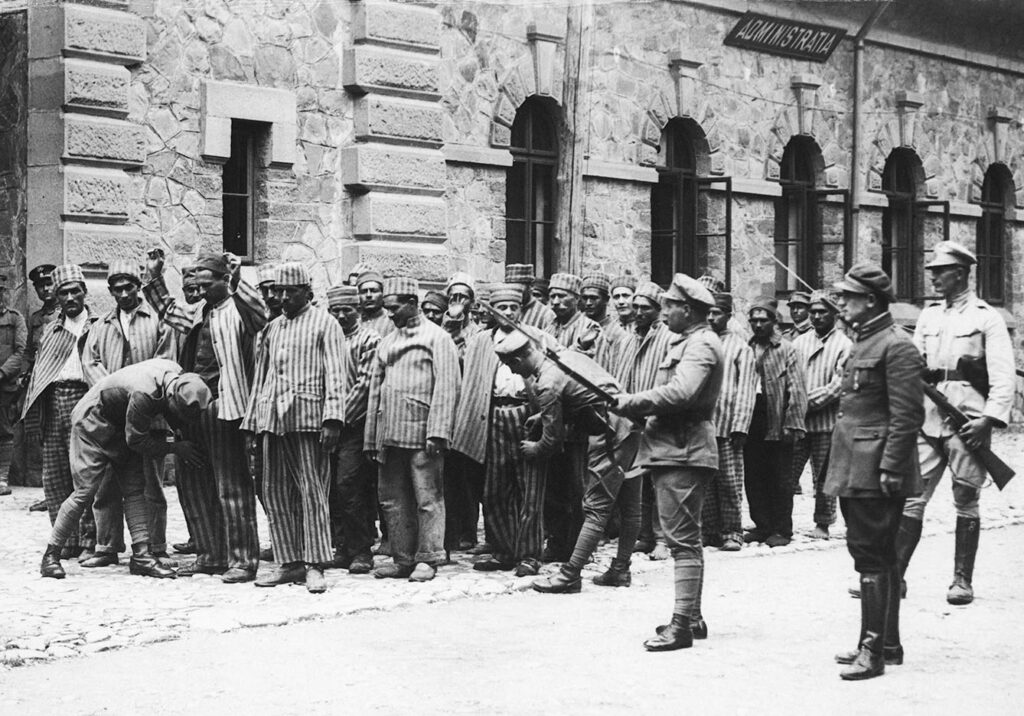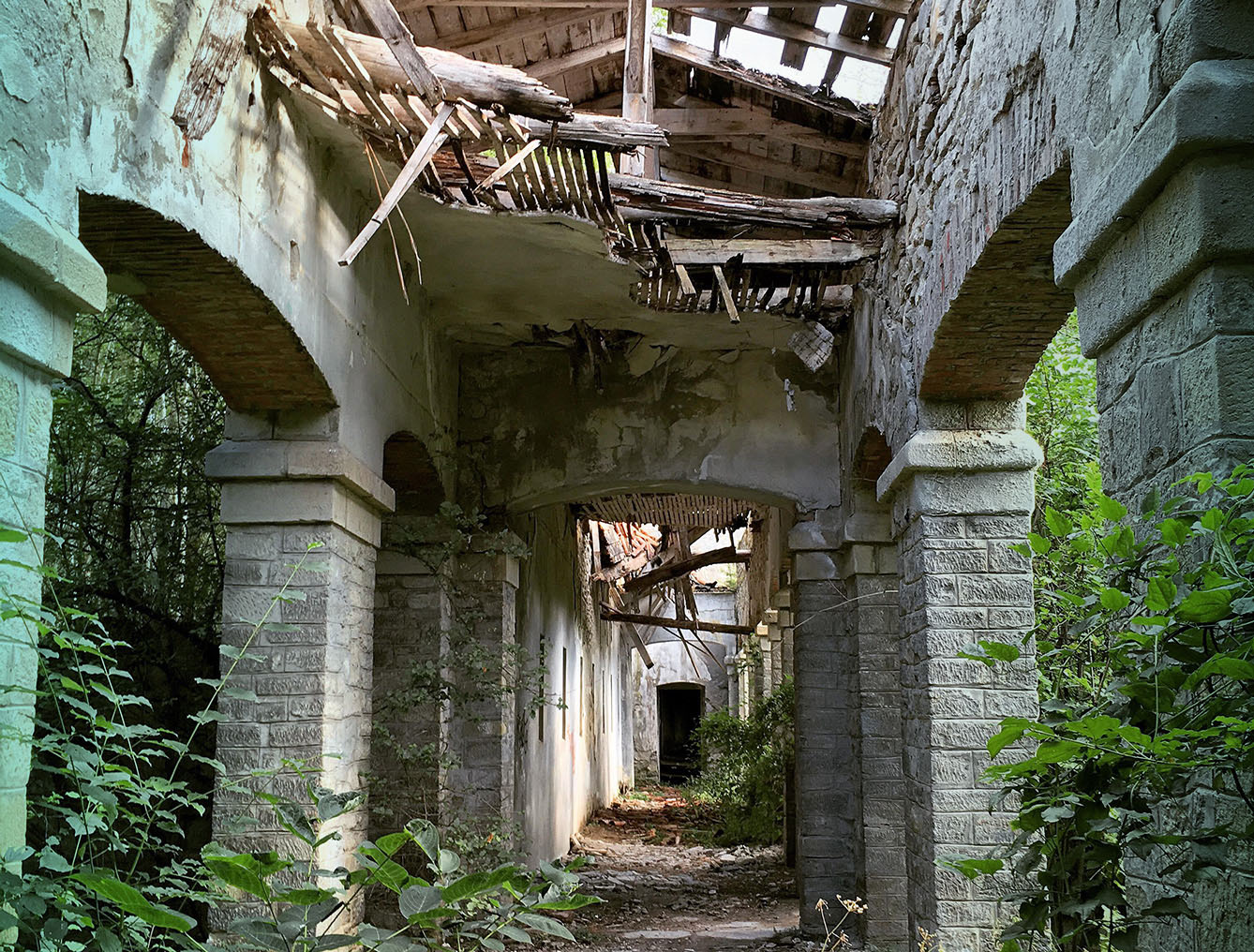19th-century prisons are among the favorite research topics for architects and anthropologists as symbols of oppressive power. Doftana Prison is a prime example of this phenomenon. Built in 1895 as a secure place to house miners from mines nearby, the compound was later repurposed as a prison and quickly earned a reputation due to its harsh conditions and ruthlessly cruel guards.
The Romanian Bastille
As communism rose to power in the Soviet Union, the Romanian kingdom began to penalize any actions on its territory that could be taken as part of the Communist movement. After a bombing attempt by Max Goldstein in 1920, merely being a Communist sympathizer was enough reason to be detained. After this, Doftana soon became the prime location to incarcerate political prisoners.
However, putting that many revolutionaries into such close quarters had a consequence that would resonate for decades to come. For a substantial period, the prison became one of Romania’s most important centers for communist thought, complete with its own philosophical ecosystem. It even hosted even official delegations. The effect was great enough that starting in the 1940s, people began to refer to Doftana as the “Romanian Bastille” in reference to the Bastille Saint-Antoine in Paris.
Doftana: where Ceaușescu formed his beliefs
The inmates, comrades in their ideals, held regular meetings and discussions. They even managed to publish not one but two newspapers: “Bolsheviks Handcuffed” and “Doftana Red,” the latter being especially successful. Handwritten using smuggled-in pencils on cigarette rolling papers, it was edited by inmates, using their own shorthand and codes, and then smuggled back out to spread the word across the country.

When Communists rose to power in Romania after World War II, the prison was closed, and its inmates were set free. One of them, Gheorghe Gheorghiu-Dej, was soon named the first Secretary of the Communist Party. After his death in 1965, fellow inmates followed: Ștefan_Foriș, Gheorghe Apostol, and, later, the infamous Nicolae Ceaușescu, who ruled Romania until 1989.
Ceaușescu, detained as an 18-year-old in 1936, was already a notorious terrorist, single-mindedly devoted to the ideas of communism. When he rose to power, he did not deny the formative function that his incarceration at Doftana had on his philosophy.
Currently abandoned and in disrepair, with foundations destroyed by earthquakes, the remnants of Doftana wait for better times. However, its impact on Communist Romania remains strong even today.
Be sure to also check our article about Cesky Krumlov.







